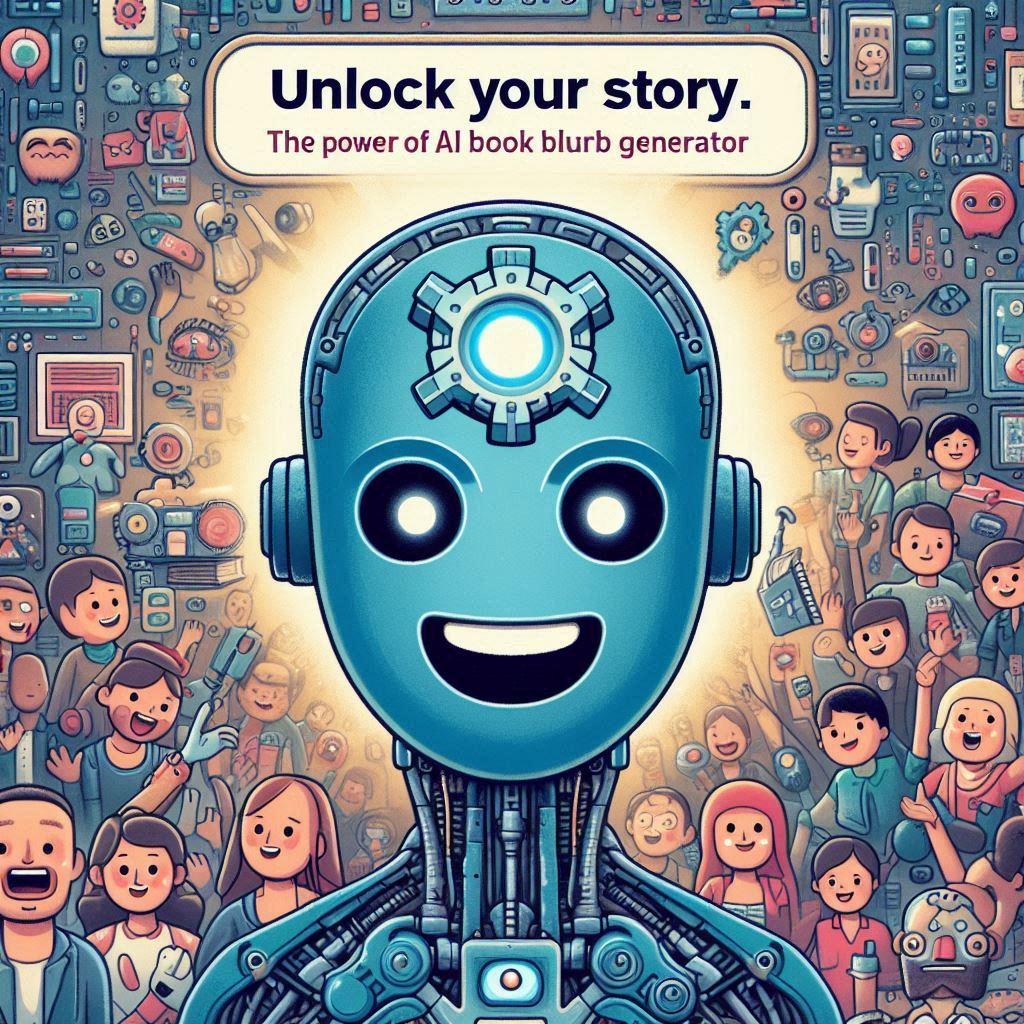Mastering AI Prompts: A Comprehensive Guide to Unlocking the Power of Artificial Intelligence
- Creative Process

Do you want to learn how to write AI prompts that actually work? I know it can be super frustrating when you’re trying to use an AI tool and you just can’t seem to get the results you want. It’s like you’re speaking a different language! But don’t worry, I’ve got you covered.
The secret to getting great results with AI lies in understanding how to write effective prompts. You need to be specific, provide context, and know the capabilities of your AI tool. Keep reading, and I’ll break it all down for you, step-by-step. I’ll also give you some examples of great AI prompts so you can see exactly what I mean.
Understanding AI Prompts and Models
Artificial intelligence (AI) is rapidly transforming the way we create content, conduct research, analyze data, and so much more. At the heart of this revolution lies the concept of AI prompts – the instructions we feed to AI models to generate desired outcomes. This article serves as a comprehensive guide to writing effective AI prompts, empowering you to harness the full potential of this game-changing technology.
What Are AI Prompts?
AI prompts are essentially the bridge between human intention and AI capability. They are the specific instructions or questions we input into an AI model to guide its output. Prompt engineering is the art and science of crafting these prompts in a way that maximizes the quality, relevance, and creativity of the AI’s response.
Types of AI Models
- Text Generation Models: These models excel at producing human-quality text based on a given prompt. ChatGPT, developed by OpenAI, is a prime example. It can write stories, poems, articles, summaries, and even translate languages.
- Image Generation Models: These models can create realistic or stylized images based on text descriptions. DALL-E, also from OpenAI, is a powerful image generation tool that allows users to bring their imaginative concepts to life visually.
- AI-Powered Video Editors: These platforms integrate AI to streamline video editing workflows. Descript, for instance, offers features like AI-powered transcription, filler word removal, and even the ability to generate video scripts.
- Story/Plot Generators: Tools like Originality.AI’s Story Generator are specifically designed to help writers develop plot outlines, character profiles, and even generate entire narratives based on provided inputs.
Essential Tips for Writing Effective AI Prompts
Writing effective AI prompts requires understanding the nuances of how AI models interpret and process information. Here are some essential tips to guide you:
Be Specific
The more specific and detailed your prompt is, the better the AI can understand your intent. Vague prompts lead to generalized and often unhelpful outputs. For instance, instead of asking ChatGPT to “Explain photosynthesis,” a better prompt would be, “Explain how photosynthesis works in simple terms for a middle school science project, focusing on the steps involved and its importance to the ecosystem.”
Understand Your AI Tool
Each AI model has unique strengths and limitations. ChatGPT-4, for example, can generate images, browse the internet, and analyze uploaded files, while ChatGPT-3.5 does not have these capabilities. Similarly, AI-powered video editors like Descript often use menu-driven commands rather than text-based prompts.
Ask Open-Ended Questions
Encourage the AI to think creatively by asking open-ended questions rather than those with simple yes/no answers. For example, asking “What are the pros and cons of running every day?” will yield a more insightful response than “Is running good for you?”
Include Contextual Information
AI models often benefit from background information to understand the specific nuances of your request. For example, instead of “Write an invitation to a kid’s birthday party,” a more effective prompt would be, “I have a son named Logan who’s turning 5 soon. We’re planning a birthday party for him on June 1st at my home in Boston, and the invite list is close friends and family. Write a party invitation to be sent via email.”
Create Feedback Loops
Don’t expect perfection on the first try. AI models are constantly learning, and providing feedback helps them refine their outputs. If a response isn’t quite right, rephrase your prompt, add more detail, or guide the AI by saying something like, “You mentioned X, but I was really looking for information on Y. Could you explain that part?”
Different Types of AI Prompts and Examples
The versatility of AI prompts extends to a wide range of applications. Here are some examples of how to craft prompts for specific tasks:
Social Media Prompts
- Digital Marketing Content: “Generate three creative social media post ideas for National Pirate’s Day that will engage our audience and promote our new line of pirate-themed products.”
- Helpful Tips: “Create a series of five concise and actionable dog training tips for new puppy owners that focus on positive reinforcement techniques.”
- Promotional Content: “Write a compelling Instagram post promoting our upcoming Kimchi stew cooking class. Highlight the unique aspects of the class and include a call to action to register on our website.”
Lesson Content Prompts
- Course Outlines: “Generate a detailed course outline for a retirement planning course targeted at individuals aged 50-65. Include key topics such as financial planning, investment strategies, healthcare options, and estate planning.”
- Lesson Plans: “Create a one-hour beginner’s yoga lesson plan that focuses on stress relief and flexibility. Include a warm-up, a series of poses with clear instructions, and a cool-down. Provide modifications for those with limited mobility.”
Data Analysis Prompts
- Chart/Graph Analysis: “Upload the attached charts showing the sales trends for our product lines over the past year. Analyze the data and identify the top-performing products, key growth areas, and any significant seasonal patterns.”
- Dashboard Analysis: “Analyze the provided e-commerce KPI dashboard and summarize the key performance indicators, such as conversion rate, average order value, customer acquisition cost, and website traffic. Identify areas of strength and areas for improvement.”
- File Analysis: “Upload the .csv file containing Tesla stock prices for the past week. Create a table summarizing the daily opening, high, low, and closing prices. Analyze the data to identify trends in stock performance and volatility.”
AI Tools for Writing and Refining Prompts
Several AI-powered tools are available to assist with crafting and refining AI prompts:
- Descript: A prime example of an AI-powered video editor that also provides tools for writing. Its Ask AI feature offers preset actions for tasks like summarizing content, generating titles, writing video scripts, and brainstorming ideas.
Addressing Common Concerns and Ethical Considerations
As AI becomes more integrated into our creative workflows, it’s essential to address some common concerns:
Accuracy and Originality
Always verify information generated by AI. Tools like plagiarism checkers and fact-checking websites can help ensure accuracy and originality.
Ethical Implications of AI
Be mindful of potential biases in AI-generated content. Use AI responsibly and ethically, ensuring that it complements your creativity rather than replacing genuine human expression.
Conclusion
Mastering the art of writing effective AI prompts is crucial for unlocking the transformative potential of artificial intelligence. Remember that AI is a tool to augment human creativity and productivity, not to supplant it. By understanding the nuances of different AI models and applying the principles of prompt engineering, you can unlock a world of possibilities, from generating engaging content and crafting compelling narratives to extracting valuable insights from data and streamlining your workflows. The future of content creation is collaborative, and with the right approach to AI prompts, you can be at the forefront of this exciting evolution.
Frequently Asked Questions about AI Prompts
What is an AI prompt?
An AI prompt is the text or input you give to an AI model to generate a specific output. This could be anything from a simple question to a detailed creative brief. The prompt provides the AI with the necessary information to understand your request and produce the desired result.
Why are AI prompts important?
The quality of your AI prompt directly impacts the quality of the output you receive. A well-written prompt will provide the AI with the information it needs to generate accurate, relevant, and creative results.
Share:


